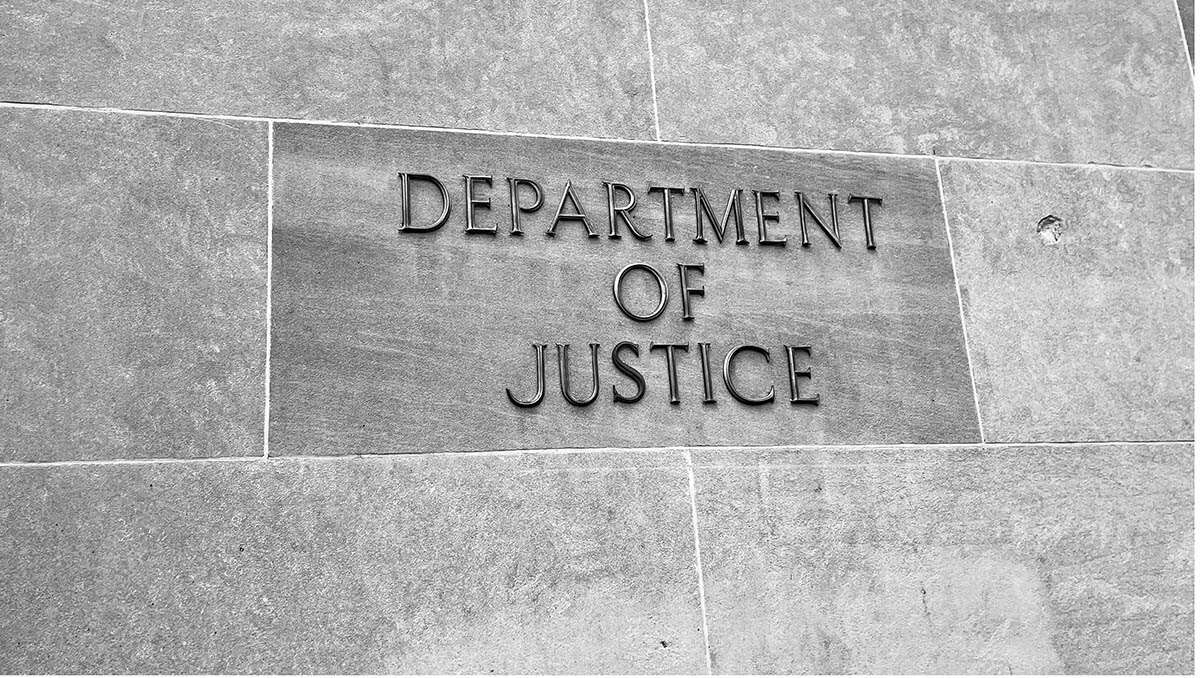UPDATE: The Corporate Transparency Act May Still Apply to You
On March 1, a district court judge ruled that the Corporate Transparency Act (CTA) is unconstitutional. However, his decision applied only to the...

February 15, 2018 — Included in the recently enacted Tax Cuts and Jobs Act (The Act) were a number of sweeping international tax provisions. Consequently, both public and private companies have new things to consider going forward.
Private companies, and in particular S corporations and partnerships, need to revisit how their international businesses are structured.
Why is this?
Several of the favorable international tax law changes can’t be used by these flow-thru businesses as they apply only to so-called “C” corporations.
This article is Part 1 of a 2 part series and is intended to provide a high-level overview of two of five key provisions. The second article covers the other three provisions (aka GILTI, FDII, and the BEAT). You can view part two by following the link at the end of this article.
The Act moved the US to a “Territorial System” under which dividends to the US from foreign subsidiaries (so-called 10% specified foreign corporations) will qualify for a participation exemption.
The participation exemption is provided for by means of a 100% dividend received deduction (DRD) with only C corporations being able to claim this DRD. As a result, flow-through entities do not receive the benefit of the new Territorial System and will continue to be taxed on their worldwide income in the US.
Under the Territorial System, a foreign tax credit (FTC) is not available to the extent the DRD applies. Consequently, C corporations will generally have no need to track “Earnings & Profits” (E&P) and tax pools going forward. To the extent an FTC will be claimed, it will be for that current year’s taxes (as there is no FTC carryforward).
However, an FTC is still available against so-called Subpart F income and the new Section 951A Global Intangible Low Taxed Income (“GILTI”) inclusion (GILTI has an 80% limit).
Also, flow-throughs will continue to be able to claim the Section 901 FTC (direct credits); i.e., the withholding tax on the dividend.
As part of the transition to the Territorial System, a one-time mandatory toll charge under amended Section 965 is imposed on all taxpayers (not just C corporations).
For calendar-year companies, the toll charge will be reported in the 2017 tax return and will have 2017 tax accounting implications for both the federal and state tax provision calculations, US GAAP disclosure, etc.
The toll charge is calculated on the “previously untaxed foreign earnings” (determined as of 11/2/17 or 12/31/17 – whichever is higher) which are deemed repatriated.
The deemed repatriated earnings are treated as additional Subpart F income. The untaxed foreign earnings are basically the Post-86 E&P of the foreign corporation determined on an entity-by-entity basis. E&P deficits can be used (including deficits of foreign subsidiaries of other US shareholders within the same affiliated group) to off-set positive E&P.
The Subpart F income (what some call the Toll Charge income) is partially offset by a DRD calculated under the “rate percentage equivalent” method. The rate percentage equivalent approach results in:
• a DRD resulting in cash and cash equivalents being effectively taxed at 15.5%
• a DRD resulting in the balance of the subpart F income being effectively taxed at 8%.
It should be noted that under the rate percentage equivalent method, the DRD is also calculated from the C corporation tax rate of 35% for individuals. As a result, the effective tax rate on the cash and cash equivalents will be slightly higher than 15.5%, and on the balance of the post-86 E&P, it will be slightly higher than 8%.
An FTC can be also claimed by C corporations to reduce the toll charge however the amounts are prorated down in parallel to the rate percentage equivalent method.
An election can be made to pay the toll charge over 8 years. In the case of an S corporation, this election is due by the original due date of the S corporation’s return and is a shareholder by shareholder election.
Finally, it should be noted that the post-86 E&P that is subject to the toll charge becomes what is known as “Previously Tax Income” (PTI) and this E&P can be repatriated back to the US tax-free (from a US tax perspective).
Over and above election to pay the toll charge over 8 years, there is a special election available only to the shareholders of an S corporation. This special election (due by the original due date of the shareholder’s return) permits deferral of paying the toll charge until a triggering event occurs.
This election to defer is a shareholder by shareholder election. If this election to defer is made, the S corporation and the taxpayer are jointly and severally liable for the toll charge as well as any related interest and/or penalties.
There are three types of triggering events:
• Change in status of the S corporation (e.g., become a C corporation)
• Liquidation, the sale of substantially all assets, termination of the company, bankruptcy reorganization, etc.
• Transfer of shares of stock in the S corporation by the electing taxpayer whether by sale, death or otherwise — unless the transferee agrees with the Secretary to be liable for the toll charge. A partial transfer triggers the allocable prorated portion of the toll charge.
Once a triggering event occurs, the taxpayer may then elect to pay in 8 installments. This election is not available if the triggering event is the liquidation, sale of substantially all assets, termination of the company, bankruptcy reorganization, etc. and is due with the timely filed return for the shareholder for the year in which the triggering event occurs.
As indicated above, a number of things have to be done to put the shareholders of S corporations, or others in a position to make decisions about the toll charge.
For example, a gift of S corporation stock as part of the shareholder estate plan would need to be factored into what to do. A multi-faceted tax situation becomes more complex as you add inputs.

On March 1, a district court judge ruled that the Corporate Transparency Act (CTA) is unconstitutional. However, his decision applied only to the...

Bookkeeping is strategically important for every business because financials form the foundation for daily operations and future planning....

In a decision issued March 1, 2024, U.S. District Court Judge Liles Burke ruled that the Corporate Transparency Act (CTA) is unconstitutional....